The Latest From #PlantTok Are Mini Ecosystems—Here's How to Make One
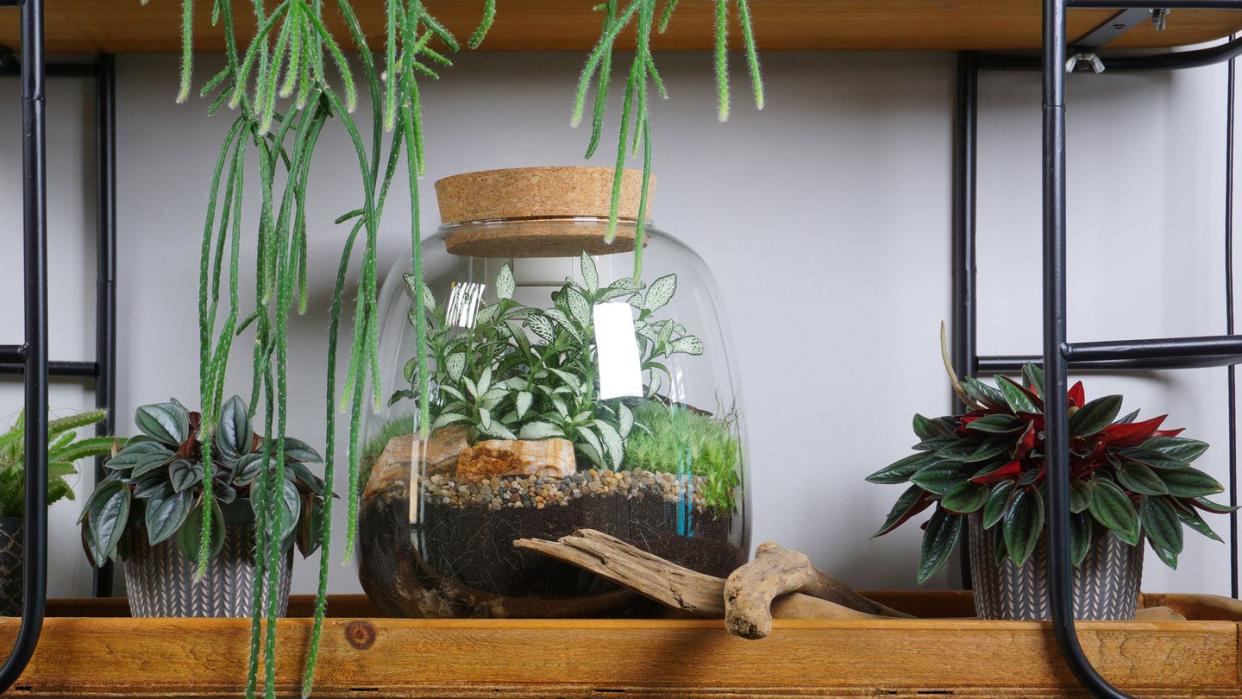
"Hearst Magazines and Yahoo may earn commission or revenue on some items through these links."
[table-of-contents] stripped
It's no secret that while gardening is a bountiful hobby, it can be pretty time-consuming and fairly exhausting work. Sure, little herb gardens or vertical gardens are available to those who have balconies or an abundance of indoor space, but that just isn't realistic for some people. Thankfully, TikTok has a solution: If you've been on the gardening side of TikTok—or #PlantTok as it's often referred to—then you're bound to be familiar with the trend of setting up mini ecosystems for your home.
A mini ecosystem is a little glass container filled with water, soil, stones, plants, and living creatures to create the aesthetically pleasing living decor. The mini ecosystems currently in the TikTok spotlight are basically stylized closed terrariums, and the goal is for them to be fully self-sustaining—that is, assuming the builder added in every part of the ecosystem necessary for that to happen.
The sealed, self-sustaining environments rely on the water cycle and photosynthesis to thrive, according to Tropical Glass, a British company that sells terrariums. The living things inside the airtight container photosynthesize to create a mini water cycle, resulting in water condensing on the glass then sustaining the plants after it falls back into the soil.
Mini ecosystems are easy to make at home, and whether you're a gardening novice or a veteran, these living displays are the perfect additions to your tabletop if you're looking for new ways to add some greenery. While everyone's terrarium will look different, there are some basic steps you need to follow if you want to get on the #PlantTok bandwagon. Read to find out exactly what materials you need to create your own mini ecosystem.
The Container
This is the first place you can let your creativity shine. To create a completely self-sustaining ecosystem, you need to use an airtight container. Some people use vases, others use Mason jars, and there have even been some using old pickle jars, like the one below. Whatever you can get your hands on that's sealable, preferably glass, and fits in with your interior aesthetic, it should work for your mini ecosystem.
A clear glass container is ideal for these types of projects. You'll be able to watch your ecosystem thrive as time goes on, and water condenses easily on glass, which is necessary if you want your ecosystem to be self-sustaining. Making a mini ecosystem in a plastic vessel is possible, but if you want it to worthy of displaying in your home, go with glass. It simply looks nicer than plastic.
The Base Layer
Your base layer needs to start with a drainage system to capture excess water. Many people successfully use a layer of rocks or smaller pebbles for this step, which they then cover with a layer of soil that fills in the nooks the uneven stones create. However, there are two optional components you can add before the soil: a layer of nontoxic mesh followed by a layer of activated charcoal. The mesh and charcoal both help with water filtration and facilitate drainage, so while they're not necessary, they're good steps to follow to get the best self-sustaining results.
When you're adding soil, know that a little goes a long way. You should put in enough for moss and the roots of your plants to hang onto, but as long as the layer is thick enough to cover the tops of the stones, you should be fine. According to EcoCation, just don't choose a soil that has a lot of sand in it—it's better to use soil that can hold and distribute water well. After you add your soil, mist the inside of the container with a few sprays of water so the soil is damp but not wet. There shouldn't be any standing water.
The Moss
Moss is one of the most important parts of your mini ecosystem. Not only is it a beautiful layer of green that will add a nice pop of color to your space, but it's excellent at retaining water. It helps with the humidity of sealed terrariums and helps the other plants grow thanks to the water supply it provides. If your mini ecosystem doesn't have moss, it won't grow. You could stop here and seal up your container, but to make it a more interesting decor piece, we'd recommend following the next steps.
The Plants
As with the container, you have a lot of creative freedom with the plants you put inside your mini ecosystem. That said, this is not the place for desert-loving succulents and cacti. You should go for humidity-loving woodland or tropical plants, according to Penn State. Many people choose ferns, nerve plants, miniature orchids, African violets, and begonias for their sealed ecosystems. Healthy, small, and slow-growing plants are ideal for mini terrariums because you want to give them time and room to grow. There are many options for both all-green and colorful environments.
The Critters
While little critters aren't necessary for your ecosystem to thrive, they can help it last longer. Earthworms loosen up the soil, making room for air tunnels that can help bring oxygen to the roots of your plants. Springtails and isopods eat the dead parts of plants to make room for healthy, growing stems and leaves while providing nutrients in their waste that further support the ecosystem. Snails eat dead leaves and love to munch on fungal spores that would otherwise turn into mold.
If any part of the ecosystem was collected from your own backyard, it's very likely you'll unintentionally have bugs and such in your closed container. However, if you want to ensure your terrarium will have a mini population of critters, you can easily purchase the ones you want online.
Sealing Up Your Mini Ecosystem
Now that your mini ecosystem has all the necessities, you can have a bit more fun decorating it before you seal it up forever. Add in some mini plastic mushrooms to create an enclosed fairy garden, or put some mini animal figurines inside to make it look like a woodland forest. Or leave it as is if you want it completely natural. After you make your decision, though, spray the contents of your terrarium a few more times with a water mister for some last-minute hydration. Then, put the lid on. With any luck, you'll never open it again—you'll just be watching from the sidelines as your mini ecosystem thrives.
Placement of Your Sealed Terrarium
A sunny windowsill or a brightly lit coffee table is a perfect spot for your closed mini ecosystem. Indirect sunlight is ideal, according to Tropical Glass— it needs light just like any other plant as well as a nice, temperate climate that isn't going to scorch the greenery inside or freeze it to death. If you've done everything right, you should be able to leave it in the same spot for months on end, possibly rotating it every once in a while if the plants start leaning toward the sunlight.
What If My Ecosystem Starts Dying?
If you notice a few weeks after sealing the container that your plants are drooping or that water isn't condensing on the interior, it could be that your mini ecosystem didn't have enough water in it to start with or is getting too much direct sunlight. The bugs inside also might not be doing their job of eating the dead plant parts.
According to Penn State, you may need to open the container once a week for a few weeks to let in some carbon dioxide, water the ecosystem, or add in critters on a one-time mission. Getting into this weekly cycle and then gradually weaning the terrarium off it will eventually allow you to crack the lid only once every four to six months to prune plants or add water. Keep an eye on it and if the plants look healthy and the water is condensing, you can go longer and longer without opening it until it's fully self-sustaining.
Glass Jar With Airtight Seal
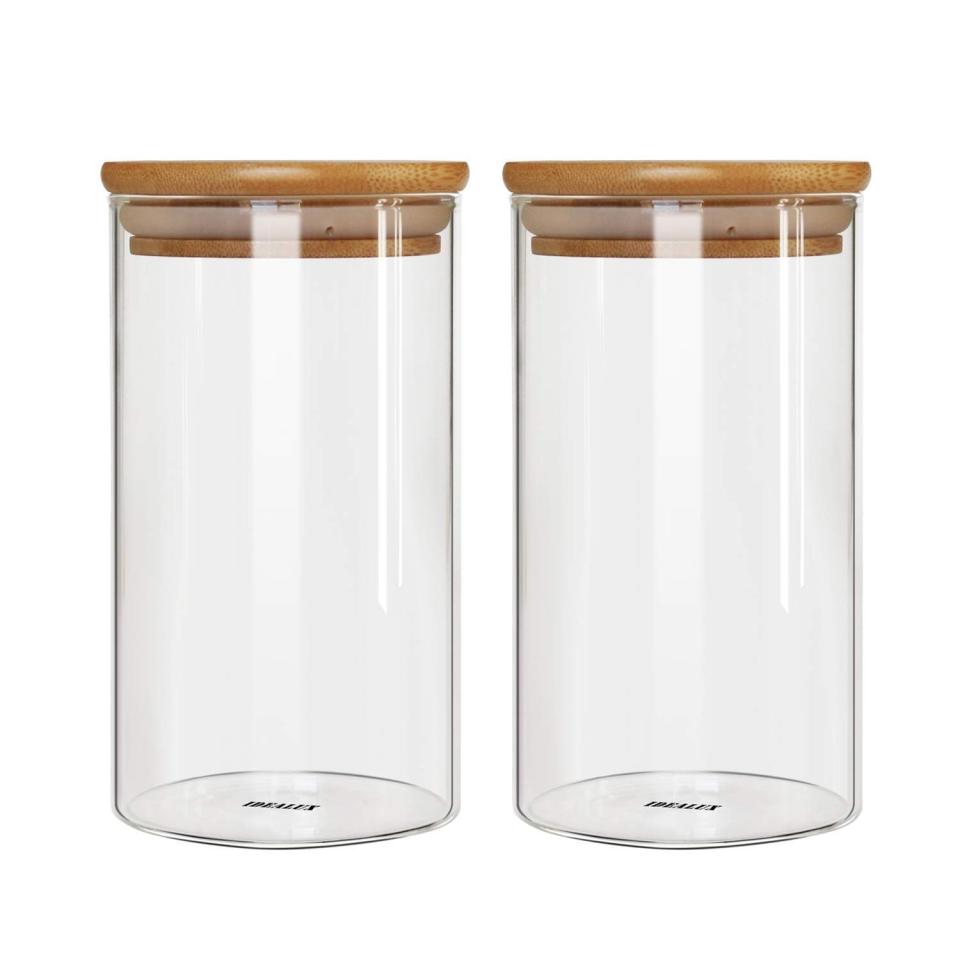
Glass Jar With Airtight Seal
amazon.com
$23.99
Terrarium Kit
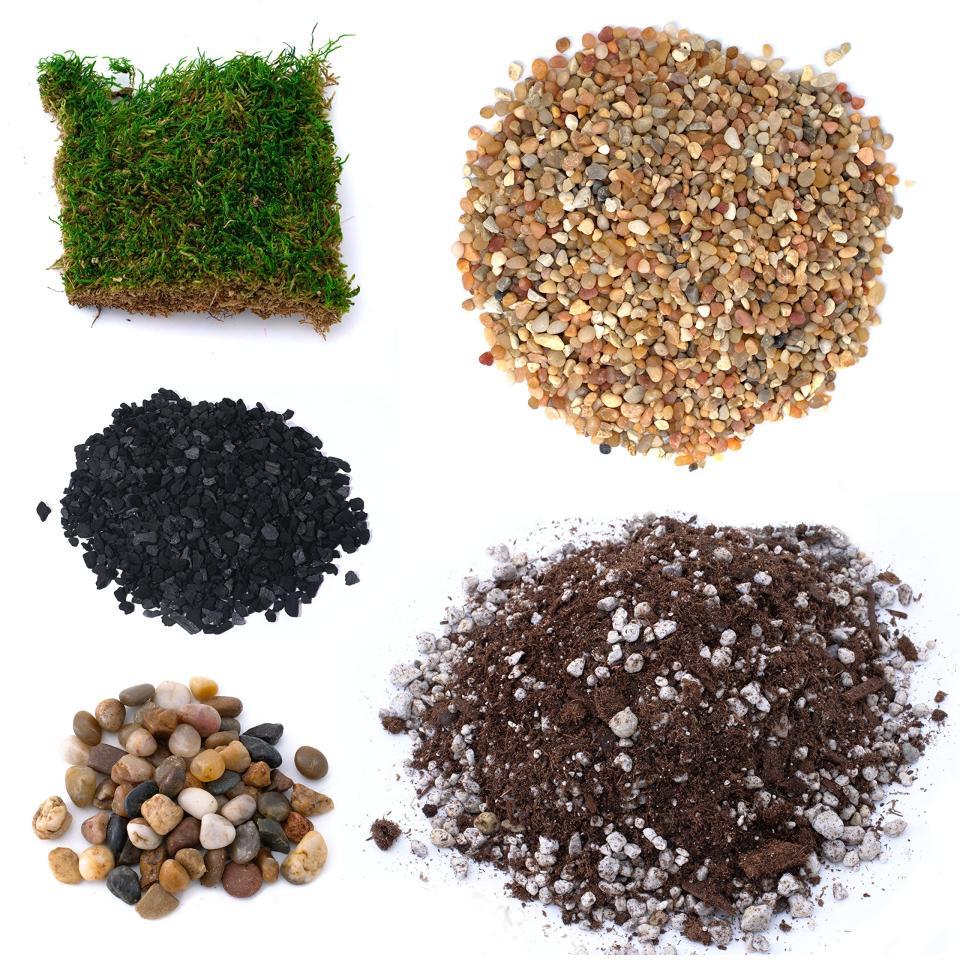
Terrarium Kit
amazon.com
$22.85
Red Wiggler Composting Worms
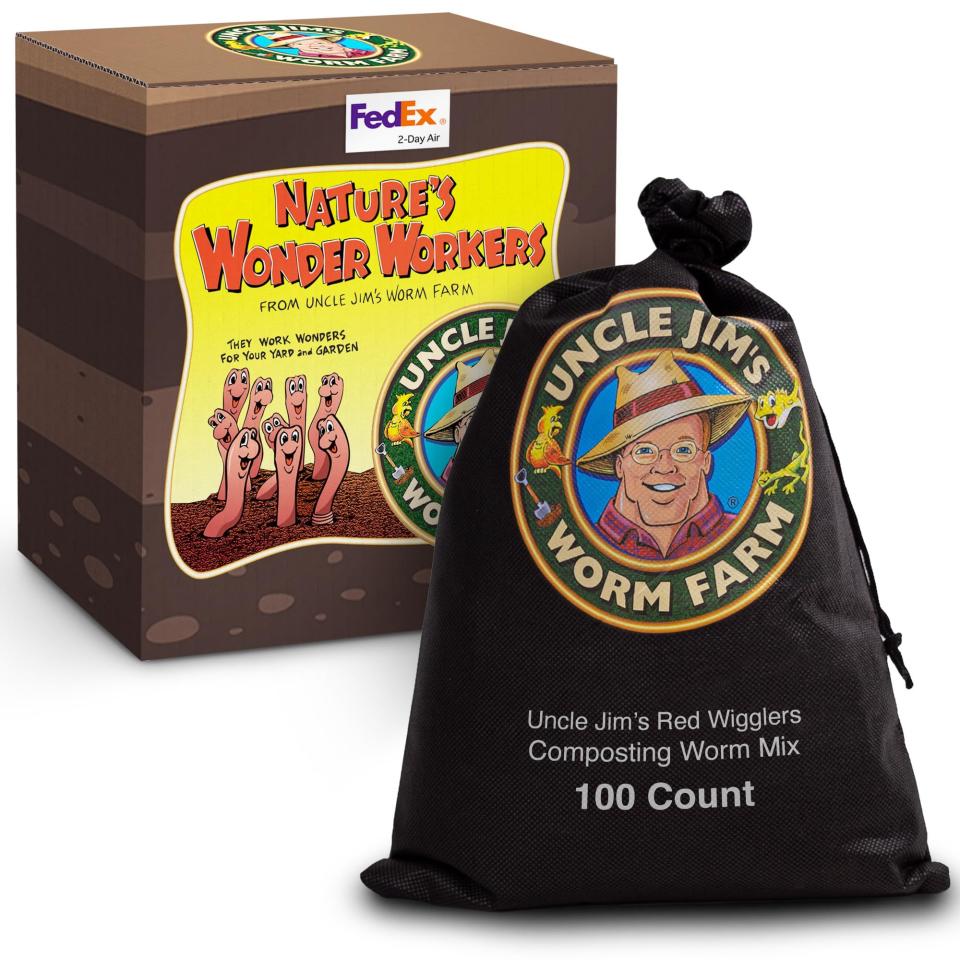
Red Wiggler Composting Worms
amazon.com
$23.95
Naturalistic Terrarium Mesh
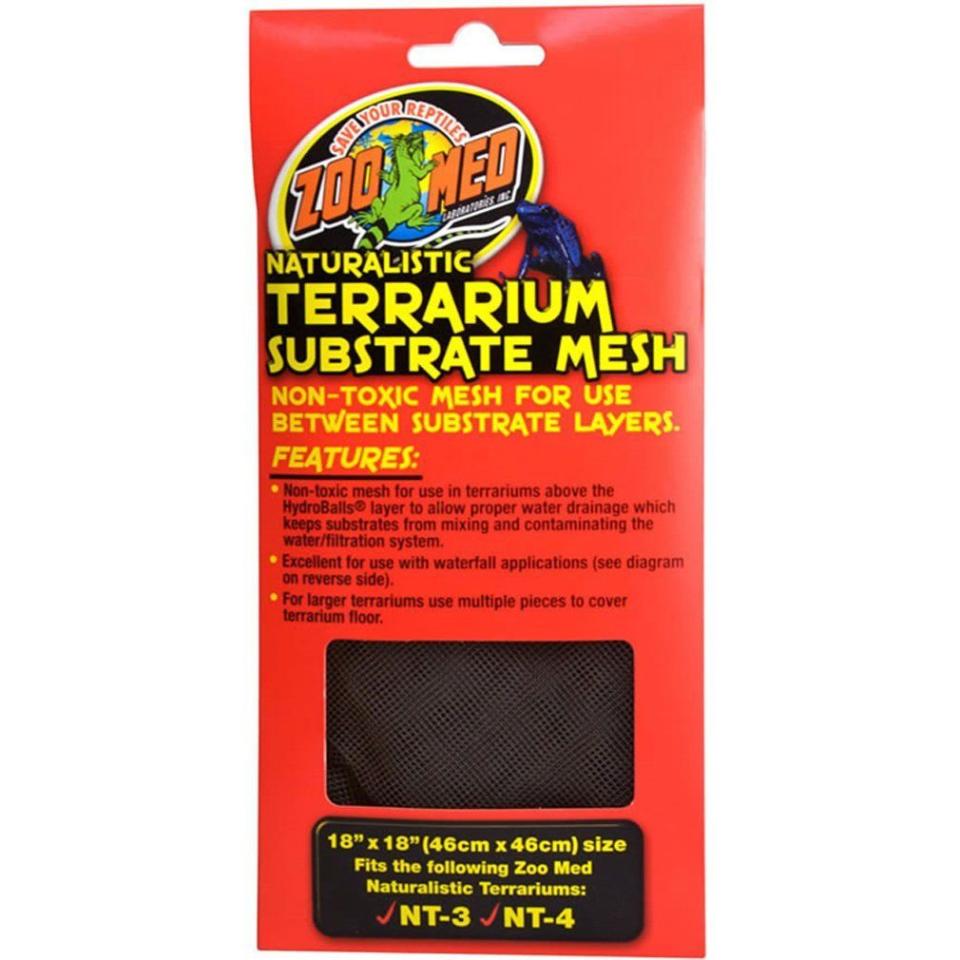
Naturalistic Terrarium Mesh
amazon.com
$6.99
You Might Also Like

